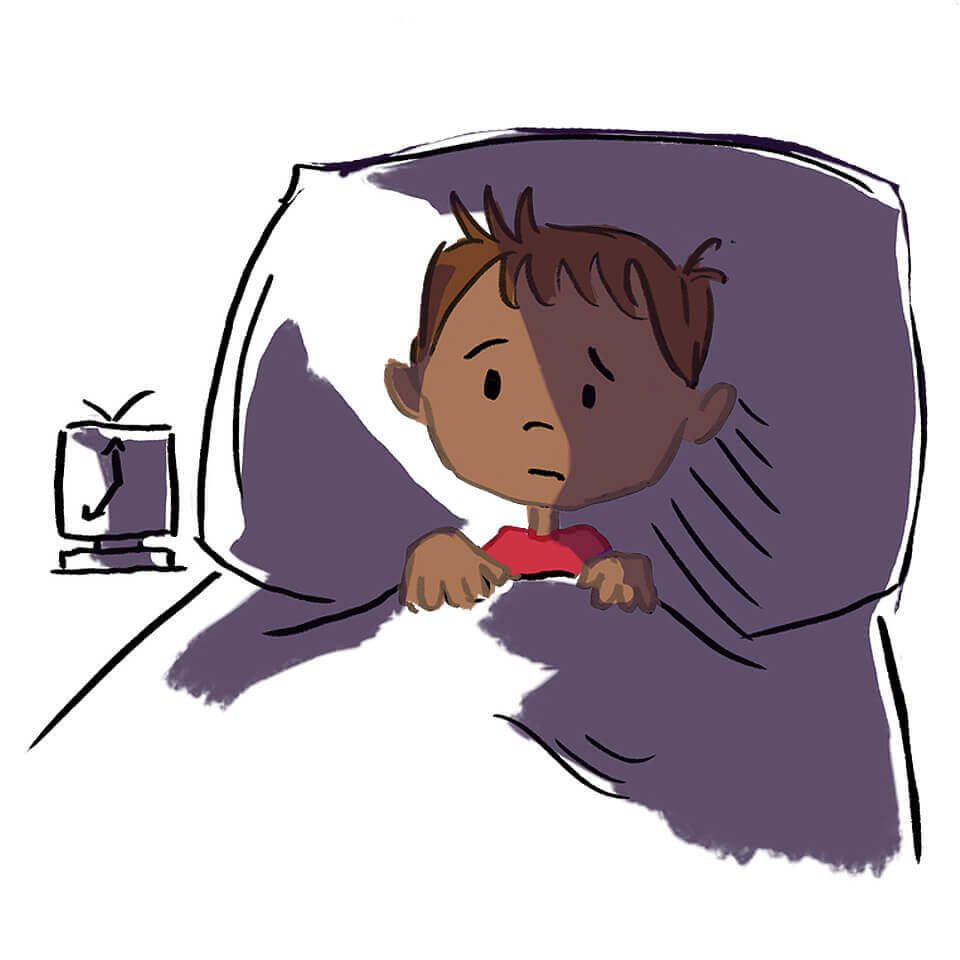
It’s not uncommon for babies, toddlers, and young children to have trouble falling asleep. In fact, 1 in 3 children show an unwillingness to go to sleep. Children can also experience a number of other sleep-related challenges, such as night awakening, nightmares, night terrors, and sleepwalking.
While each child has a different sleep pattern, on average newborns sleep 16hrs / day up to about 6 months of age, and then an average of 14hrs / day between the ages of 6 months and 1 year. By the age of two, most children have spent more time asleep than awake and overall, a child will spend 40 percent of his or her childhood asleep. Sleep is especially important for children as it directly impacts mental and physical development. While this reduces as they age, toddlers and preschoolers still sleep between 10 and 13 hours / day.
When sleep patterns are disrupted, this can lead to irritation for the child and exhaustion for the parents.
Sound familiar?
This month’s information session at Creating Together focuses on various sleep issues, and gives parents and caregivers some tips and tools to address them.
Understanding common sleep issues and what to do about them
Night Awakening
Night awakening is common – this is when a child wakes up in the middle of the night and can’t seem to settle back to sleep. They may call out, get out of bed. Often they crawl into the parent’s bed and stay the night.
What to do: Allowing the child to stay in your bed can develop a dependency on the parent to resume sleep. The child should be reassured and brought back to their own bed. They will eventually learn self-soothing strategies.
Nightmares
Stressful things that happen during the day can turn dreams into nightmares. Nightmares may be a way to relieve the pressures of the day. Things they are dealing with at home, school, or a life transition, can cause nightmares. Another thing that may cause nightmares is watching scary movies or reading scary books, especially before you go to bed.
What to do: Going to bed and waking up at the same time every day can help, and it is suggested that you avoid scary books or movies, and avoid eating or taking part high activity just before bedtime. Comfort items such as a blanket, stuffed animal, or nightlights can also help.
Night terrors
Night terrors happen when a child wakes in horror – perhaps screaming in panic. Unlike nightmares, the child doesn’t remember what led to their feelings of intense fear. They can be caused by a traumatic life event, fever, sleep deprivation, or medication that affects the brain.
What to do: The National Sleep Foundation suggests doing calming things before bed, and having a consistent sleep schedule. During the episode, you can wait it out, or you can speak calmly and softly, using gentle reassuring gestures (e.g., hand squeeze, back rub). Do not attempt to wake your child with abrupt shaking, as this can actually make the problem worse.
Sleepwalking
Sleepwalking happens in about 15% of children, and most often in children between the age of 4-12years. They may walk aimlessly around the house, appearing uncoordinated or start going to the bathroom in an area of the house that isn’t the toilet. Sleepwalkers tend to go back to bed on their own and they won’t remember what happened in the morning.
What to do: A bell hung on the door can help offer some reassurance so you can hear your child sleepwalking. It’s important, of course, to keep a sleepwalker safe. Precautions should be taken so the person is less likely to fall down, run into something, or walk out the front door while sleepwalking (eg., gates, clearing furniture and toys from pathways). For kids who sleepwalk often, doctors may recommend a treatment called scheduled awakening. This means your parent will gently wake you up a little before your usual sleepwalking time, which can help stop sleepwalking.
Resources
Kids Health: Sleepwalking – https://kidshealth.org/en/kids/sleepwalking.html?WT.ac=k-ra
National Sleep Foundation – https://www.sleepfoundation.org/sleep-topics
App – I See Animals Sleeping (a bedtime story) – https://apps.apple.com/us/app/i-see-animals-sleeping-bedtime/id698795330?ls=1
